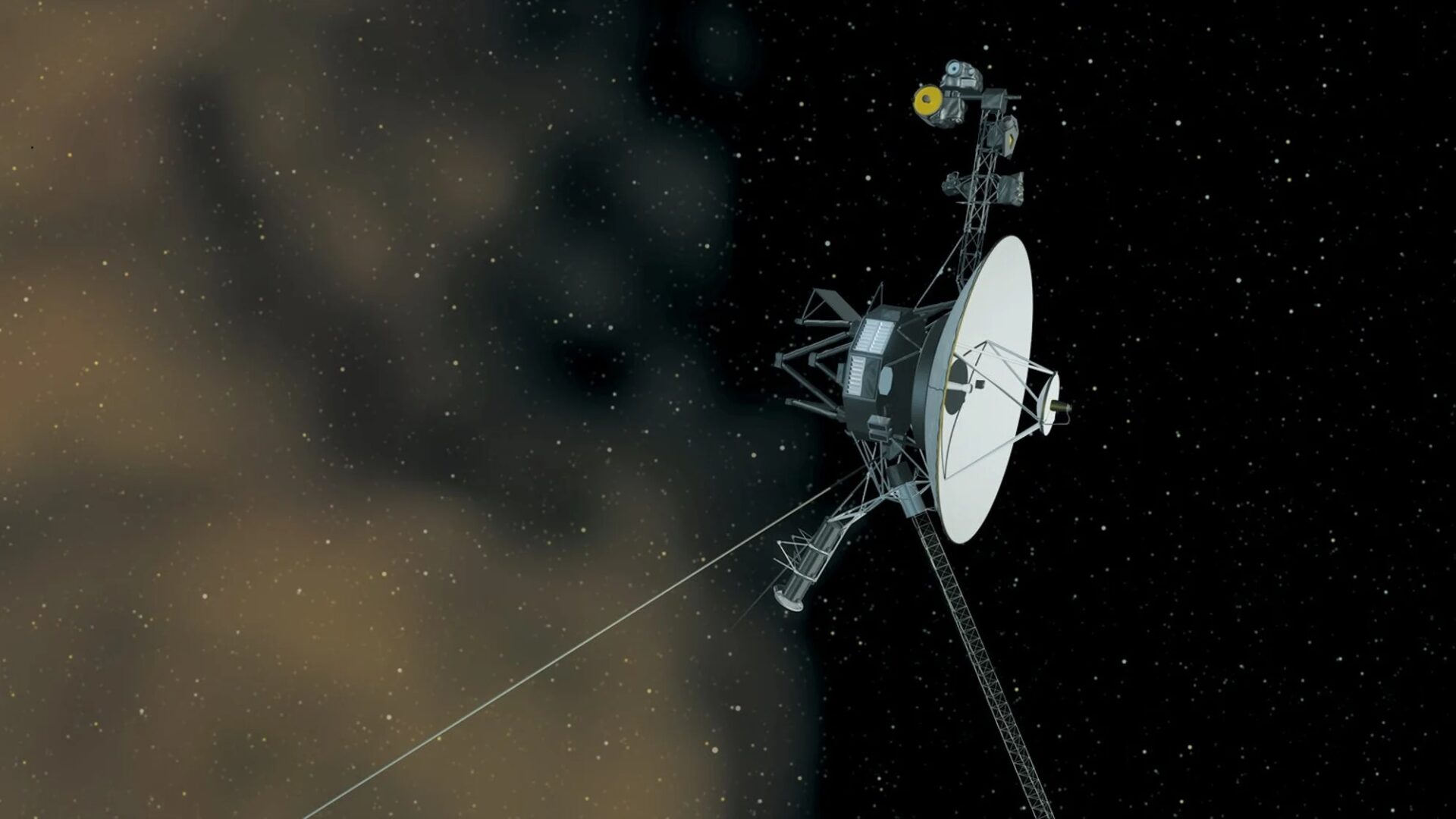The operating time of the Voyager-1 and Voyager-2 spacecraft is gradually ending. Since its launch in 1977, Voyager 1 has traveled further than any other artificial spacecraft in the history of mankind. Although the probes are still receiving and sending signals, NASA says they will soon run out of energy and will not be able to “communicate” with Earth. This is reported by Scientific American.

It is expected that by 2025 the probe batteries will be completely discharged. In order to somehow save energy and extend their service life, NASA turns off the onboard systems of spacecraft. Now Voyager 2 has five working instruments left, and Voyager 1 has four. All of them are powered by a RITEG, a nuclear battery that converts heat from the radioactive decay of plutonium into electricity. But with a decrease in power output over 44 years, NASA was forced to switch them to economy mode. Two years ago, engineers turned off the heater of the cosmic ray detector, which played a crucial role in determining the passage of the heliopause.
Probes agony
The last two Voyager instruments that will be turned off forever will probably be a magnetometer and a plasma scientific instrument. They are contained in the body of the spacecraft, where they are heated by the heat generated by electronics.
How much longer can the Voyagers hold out? According to NASA Jet Propulsion Laboratory planetary scientist Linda Spilker, it all depends on the power — if everything goes very well, perhaps the mission will be extended until the 2030s. However, these are the most optimistic forecasts. It is more likely that the probes will be turned off earlier, around the middle of this decade.
Voyagers future
Even after the Voyagers are completely disabled, their travels will continue. In 16,700 years, Voyager 1 will pass by our nearest neighboring star, Proxima Centauri, and in another 3,600 years, Voyager 2 will fly past it. They will then continue to orbit the Galaxy for billions of years.
Follow us on Twitter to get the most interesting space news in time
https://twitter.com/ust_magazine

